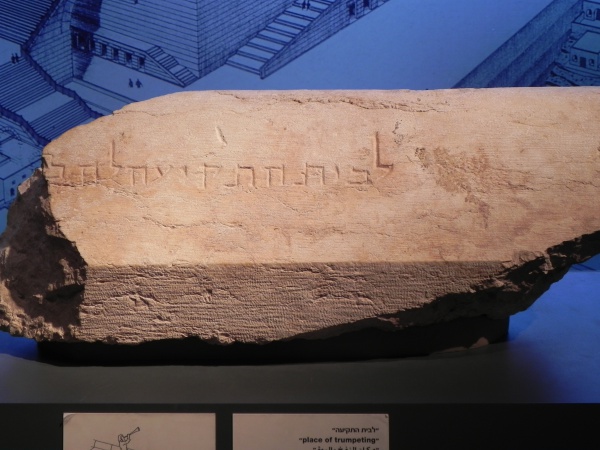Facts About Trumpeting Place inscription
The Trumpeting Place inscription is a fascinating ancient artifact discovered in 1968 by archaeologist Benjamin Mazar. Unearthed during excavations of the southern wall of the Temple Mount in Jerusalem, this stone features an inscription in the Square Hebrew alphabet that translates to "To the Trumpeting Place."
Though part of the inscription is missing, scholars believe the third word could mean either "declare" or "distinguish." This stone likely served as a directional sign for priests who blew a trumpet to signal the beginning and end of the Sabbath during the Second Temple period. It is thought to have fallen from the southwest corner of the Temple Mount to the street below, where it was eventually found.
The significance of this inscription is further highlighted by a description in Josephus's "The Jewish War." In his account, Josephus describes a priest standing at a specific point in the Temple to announce the Sabbath with a trumpet blast. This connection adds a rich historical context to the Trumpeting Place inscription, making it an intriguing piece of Jerusalem's ancient past.

 Syria
Syria